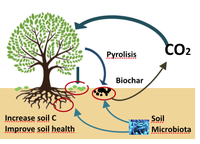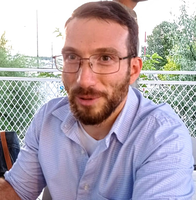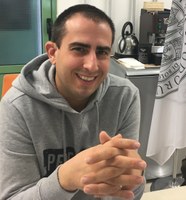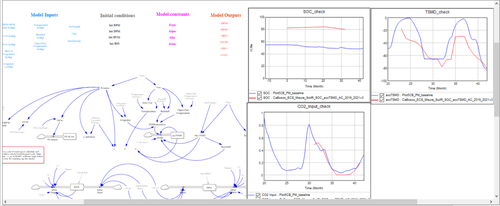Soil Modelling Studies (SMS): soil health and carbon dynamics
presenting the research line

We aim at investigating and fostering the potential for soil carbon sequestration, carbon permanence and soil health improvements of different agricultural practices and technological solutions, by performing laboratory, field experiments, dedicated computer models and studying the product/solution system.
More specifically, our aims are:
- the study of long-term effects of biochar, applied as is and in combination with organic and inorganic fertilizers, on soil properties, soil organic matter, and heavy metals in soils
- the inclusion of the biochar and its direct and indirect effects on soil organic matter in soil carbon dynamic models (eg RothC, MEMS)
- the design of field experiments with biochar (LTEP)
- data collection and data treatment from Long Term Experiments managed by us (ENOCHAR)
- the evaluation of existing models for calculating greenhouse gases (GHG) emissions from the soil
- the development of soil carbon sequestration modelling aimed at the calculation of carbon credits

• Dr. Enrico Balugani: soil modelling, specifically for hydrology and the carbon cycle. I’m interested in desertification problems, soil evaporation, energy and matter transfer between atmosphere and ecosystem, soil carbon sequestration practices, soil respiration measurements.

Dr. Nicolas Greggio: removals of metals and pollutants from soils via biochar

MSc. Simone Pesce: database of long-term-experiments

Dr. Diego Marazza: systemic research embracing biochar production, distribution and application and climatic effects; carbon equivalent contribution of biochar to the carbon dioxide removal (CDR) strategies with respect to societal transition (energy transition, urban and infrastructure transition, etc.)

Background
The soil is vital for human society; however, climate change and the growth of global population are increasing the pressure on soil worldwide. An healthy Soil, able to provide many ecosystem services, takes a long time to develop from loose material; however, it can degrade very quickly. The soil is also a very complex system, with many chemical and biological processes taking place simultaneously and interacting.
Our group investigates the complex mosaic of soil processes with both experiments and modelling, and aims at assessing methods and practices for the protection of soil health, sequestration of carbon in the soil and management of climate change. Our research is divided into two main areas: mechanistic research, which tries to unfold the tangled processes in the soil through laboratory and field experiments to inform chemical, physical and biological soil models; and systemic research, aimed at understand and model techno-economical and societal issues and present/implement policies for soil protection.
An example of our mechanistic research is the long term field experiment we maintain, in which a mix of compost and biochar is added to the soil every year, while we monitor soil physical, chemical and biological parameters. The knowledge coming from the field research is used to implement models of biochar interacting with soil organic matter, and this models are used then to inform systemic models to help understand how best to produce, distribute and deploy biochar and compost on some specific area.
To make sure our results are verified in various conditions, we created a web of collaboration with other universities and research centres. Finally, we maintain continuous collaboration with agricultural companies willing to decrease their environmental impacts.
RESEARCH AND INNOVATION UNITS
- Soil Carbon Monitoring Methods
- Soil microbial metabolism
- Soil carbon modeling
- Soil carbon conservation systems